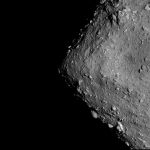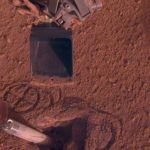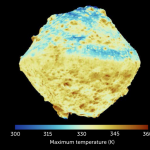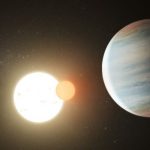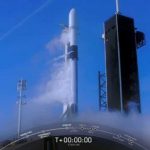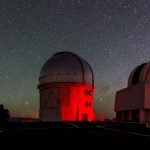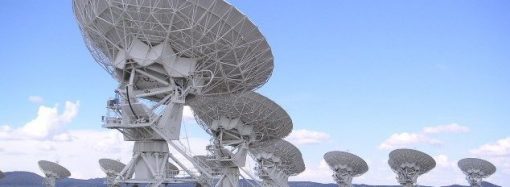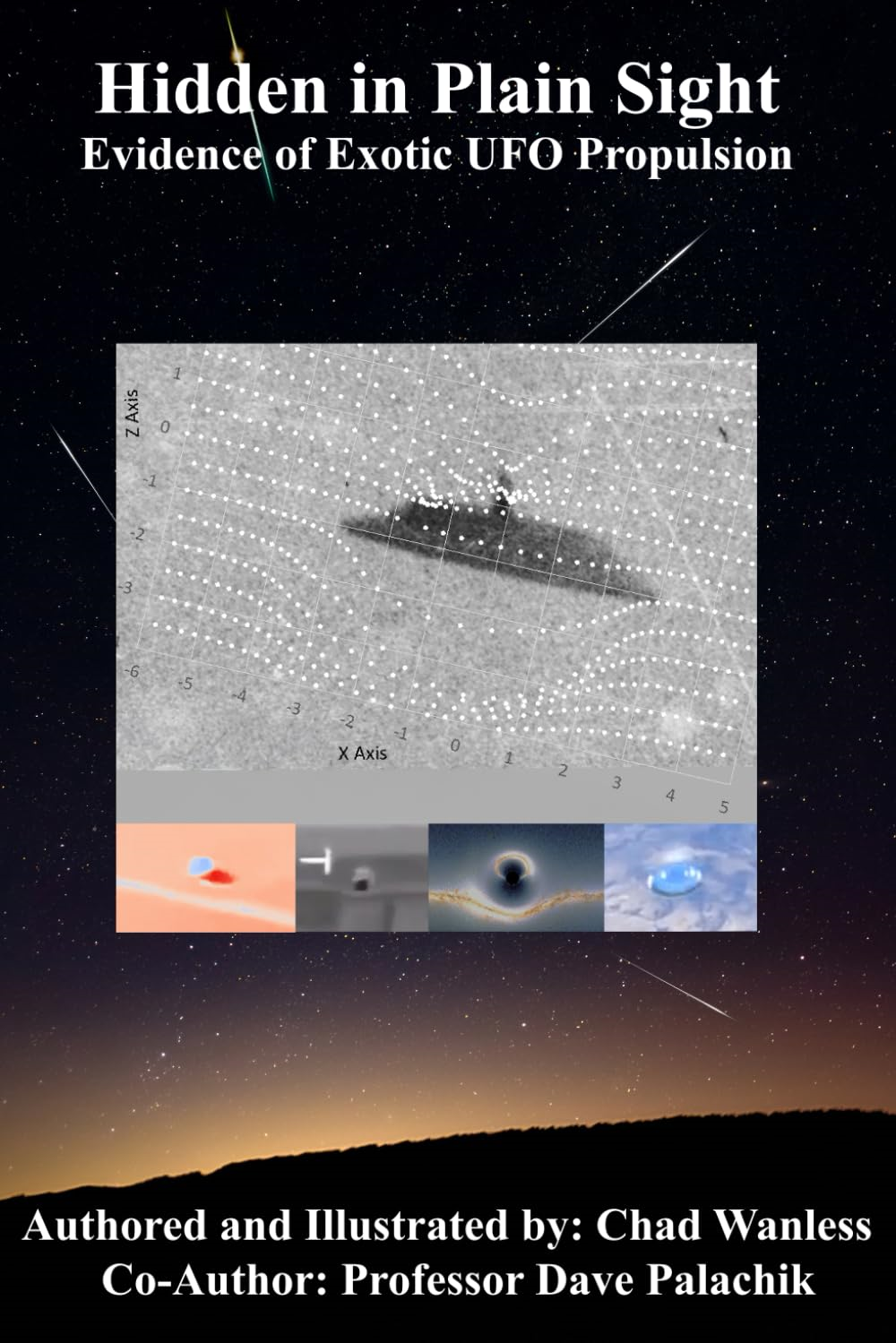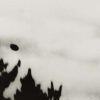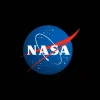Asteroid Ryugu likely link in planetary formation0
- From Around the Web, Space
- March 19, 2020
The solar system formed approximately 4.5 billion years ago. Numerous fragments that bear witness to this early era orbit the sun as asteroids. Around three-quarters of these are carbon-rich C-type asteroids, such as 162173 Ryugu, which was the target of the Japanese Hayabusa2 mission in 2018 and 2019.

